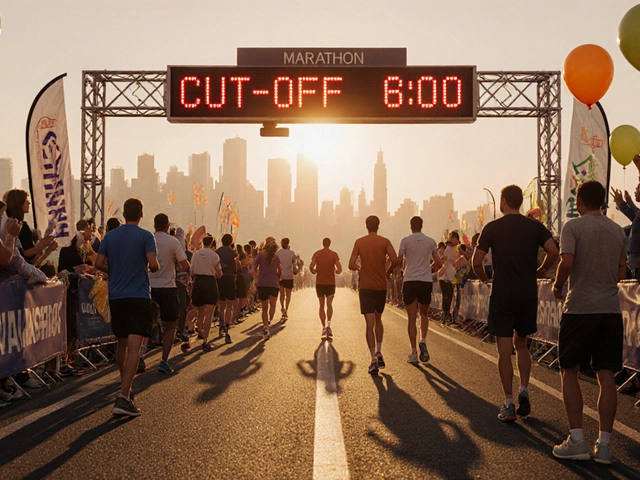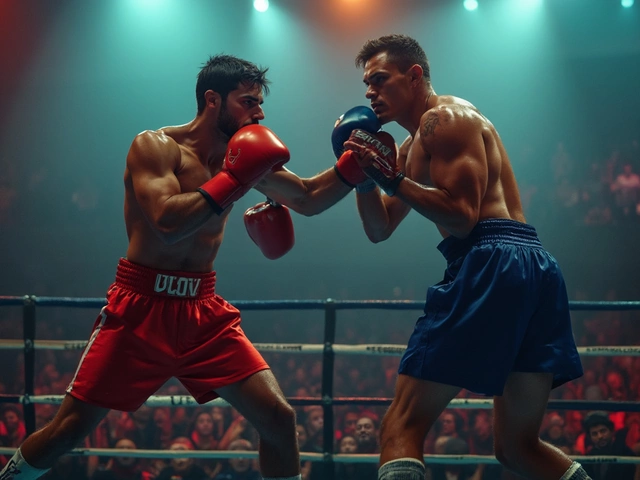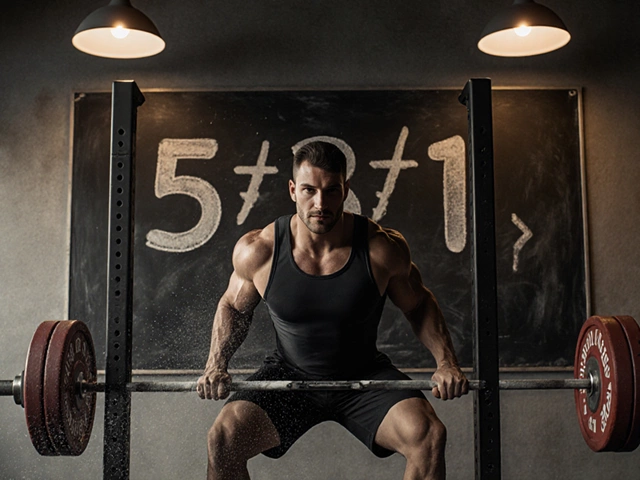Essential Safety Devices Every Athlete Needs: Sports Protection Explained
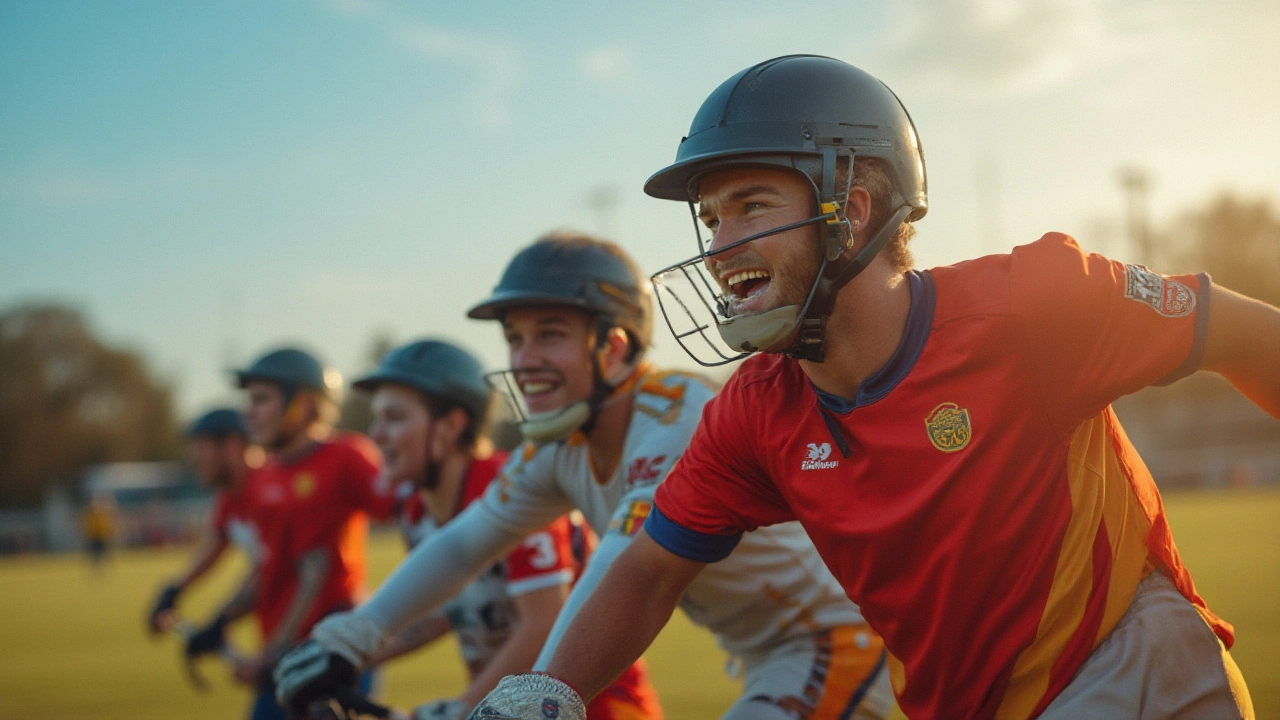
That split second when a soccer ball rockets toward your face, or you crash into a hard court diving for a basketball, your next thought is probably, “Am I alright?” But behind that ‘phew’ moment, some clever engineering and a lot of trial and error have made it possible for athletes everywhere to push harder and jump higher—without ending up broken. Safety devices in sports don’t just save lives, they keep the game alive.
The Backbone of Protection: Helmets, Guards, and Pads
Helmets aren’t just for daredevil cyclists or gridiron warriors. Almost every sport that brings athletes into contact with high speed, hard surfaces, or objects flying toward their skulls has its own take on head protection. Think cycling, American football, hockey, baseball catchers, even equestrian events. Some helmets, like those used in the NFL, have shock-absorbing layers that reduce the impact by as much as 35%, which is a huge deal when you consider the average force of a football tackle can reach nearly 1,600 pounds. Modern bike helmets are lighter than ever, but the rigid shells and carefully engineered foam can prevent up to 85% of serious head injuries if fitted right and worn every ride.
Moving down the body, shin guards are a must-have in soccer and hockey—both sports notorious for fast-flying sticks, balls, or pucks. The right pair can make the difference between a bruised shin and a broken bone. Guards now use materials like polyurethane and EVA foam that are tough but flexible, so you get serious protection without feeling like you strapped on medieval armor. Elbow and knee pads—most famous in skateboarding and volleyball—absorb shocks to key joints. There’s a reason even the pros keep them strapped on: falling is practically the whole point in some sports, and nobody wants to add a visit to the ER to their season stats.
Face masks and mouth guards round out the front-line defenders. A baseball can smash teeth in an instant at over 90 mph. That’s why catchers, hockey goalies, and lacrosse players rely on full-face guards. And mouth guards—a simple bit of thermoplastic—don’t just save teeth; the Journal of the American Dental Association says they can reduce the risk of concussion, because they help absorb blows to the jaw.
Specialized Gear: When Sport Demands More Protection
Every sport has its quirks, and sometimes basic gear just isn’t enough. Let’s talk chest protectors. In cricket, baseball, and field hockey, a ball can strike the chest at high speed, causing bruises—or worse. Cricket batsmen wear chest guards, and Little League baseball even recommends heart-protection shirts. That’s not overkill: in rare but real cases, a hard strike at just the wrong moment in the cardiac cycle can trigger commotio cordis, a life-threatening heart stoppage. Chest guards made from high-density foam and impact-absorbing plastics can dramatically reduce that risk.
Wrist guards help skateboarders, snowboarders, and inline skaters avoid fractures. Research from the American Academy of Orthopaedic Surgeons found that wrist guards can cut the risk of wrist breaks in half for beginner skaters and kids—if you’ve ever caught yourself in a fall, you know your wrists take the brunt.
In sports like baseball or softball, high-speed pitches and line drives make groin protectors (cups) essential, especially for male athletes. No one imagines wearing them is comfortable, but it beats getting sidelined by a pain so bad it’s legendary in every locker room. Gymnasts, meanwhile, use ankle braces and supports; MLS soccer players might tape their ankles or wear compression sleeves not just for injuries but to beef up weak spots before trouble starts.
Eye protection is another one that can’t be skipped, especially in racket sports. A squash ball slamming into your eye has more than enough velocity to damage it permanently. Polycarbonate goggles—shatterproof, lightweight, and clear—are non-negotiable in competitive racquetball and squash, and they’re recommended across the board for youth leagues.
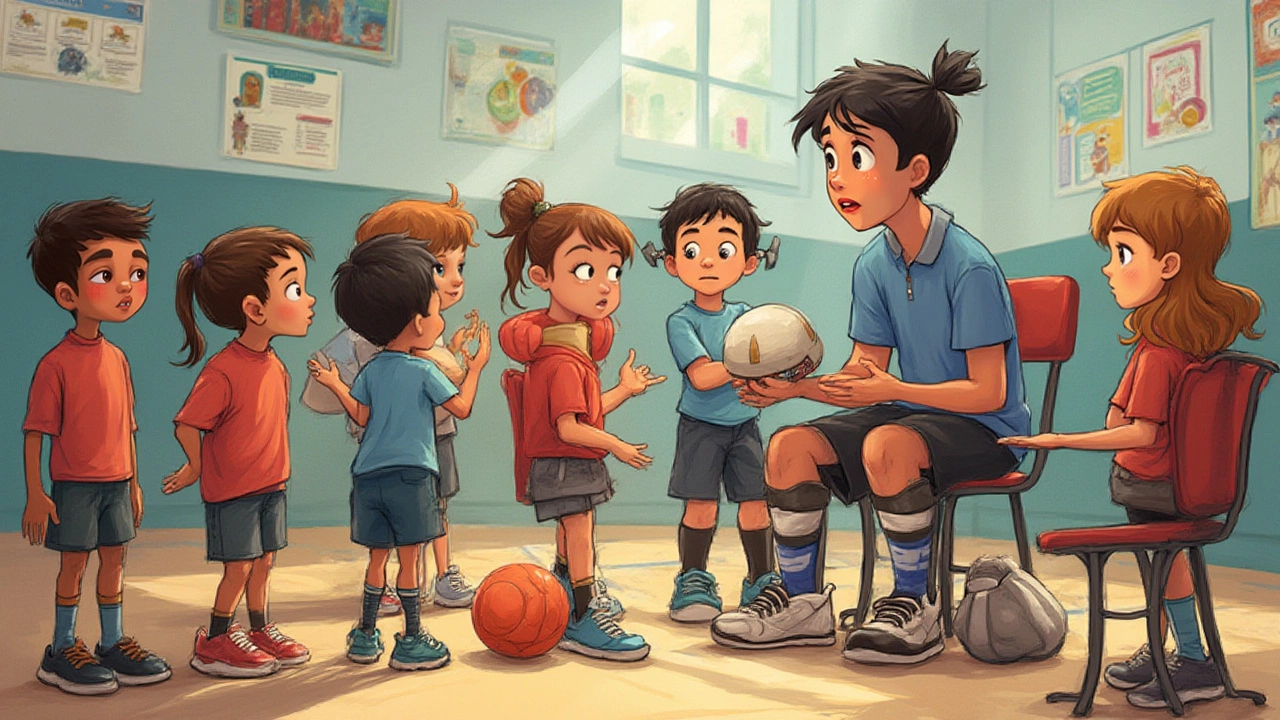
Choosing and Fitting Gear: Smart Tips for Every Athlete
A helmet dangling from the handlebars or a loose-fitting mouth guard won’t help you at all. The biggest factor in safety device effectiveness isn’t price or brand—it’s fit. Always measure your head or body parts (don’t just guess), and follow the manufacturer’s sizing chart religiously. When in doubt, try to get fitted by a pro at a reputable sports shop.
Here are some tips to keep in mind for key gear:
- Helmets: Replace after any serious hit, even if there’s no visible crack. The foam crushes by design, and it won’t protect you twice.
- Pads and Guards: Look for adjustable straps that keep gear snug but comfortable. Gear that slides around won’t protect where you need it.
- Mouth Guards: Mold at home to fit your teeth, or, for even better protection, get one custom-made by a dentist. Clean after every use.
- Gloves: In sports from cycling to boxing, padded gloves save your hands from blisters and reduce shock to your wrists—as long as they’re fully laced and fit right.
- Goggles: Anti-fog and scratch-resistant coatings are more than just a convenience. If your vision is blurred, your reaction time drops. Go for shatterproof lenses.
Want to see how many athletes actually wear safety gear? The numbers might surprise you. The CDC reports that among child athletes, only 56% consistently wear helmets in sports where they’re recommended, and just 22% use mouth guards in contact sports. That’s a lot of risk for something so easy to prevent. If you coach or have kids in sports, making safe gear non-negotiable is one of the simplest ways to keep everyone on the field longer.
| Sport | Recommended Gear | % Wearing Gear Consistently |
|---|---|---|
| Football | Helmet, mouth guard, pads | 98% |
| Soccer | Shin guards, mouth guard | 54% |
| Basketball | Mouth guard, knee & elbow pads | 19% |
| Baseball/Softball | Helmet, face mask, chest guard | 43% |
| Cycling | Helmet | 56% |
Bottom line: The right fit and discipline make all the difference. Some leagues even issue fines or bench players for not wearing gear properly—it takes just one unchecked injury to change a career.
The Future of Sports Safety: Smart Tech and New Materials
Gear has come a long way since the days of leather helmets or wool socks as shin pads. Now, tech companies and sports scientists are pushing the envelope on both performance and safety. Check out the football helmet with built-in accelerometers—these can send real-time data about impact level to a tablet on the sidelines. If a player takes a dangerous hit, coaches know instantly and can check for concussion symptoms before sending them back out.
Lacrosse team trials at Princeton University have shown that sensors in mouth guards can track jaw impacts and warn trainers before a player even feels dizzy. These ‘smart’ guards could become a standard for schools nationwide if results hold up. Hockey and mountain biking companies are working on custom 3D-printed pads, molded exactly to an athlete’s body shape for zero-slippage fit—a dream for anybody who’s ever had to wrench a pad back into place mid-game.
Then there’s material science. Kevlar isn’t just for bulletproof vests. Companies like Warrior and Reebok use Kevlar fibers in gloves and elbows for lacrosse and hockey. Viscoelastic foams—yes, the same science as memory-foam mattresses—are now getting sewn into gloves, elbow pads, and headbands, dynamically stiffening on impact. Top tennis players wear gel-infused braces that provide quick responses to sudden strain, aiming to cut down on repetitive injuries like tennis elbow without limiting movement.
Don’t forget the small stuff making a huge difference, like anti-microbial linings to cut down on skin infections, or UV-resistant helmet coatings that keep gear from degrading in the sun. Even something as simple as improved venting means athletes are more likely to keep their gear on in the first place—which, honestly, is half the battle.
Safety in sports isn’t just an afterthought. It’s built on decades of smashed helmets, broken bones, and some pretty ingenious fixes. With every game, technology and smart design push the odds more in the athlete’s favor. So next time you gear up, remember: that helmet or pad isn’t just a box to check, it’s the best teammate you didn’t know you had.
